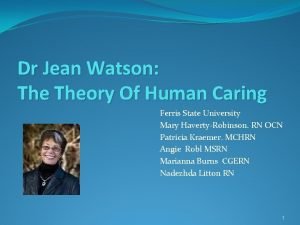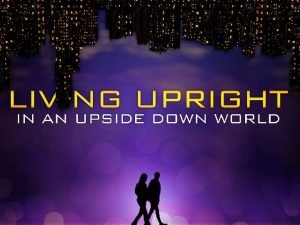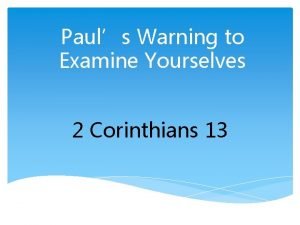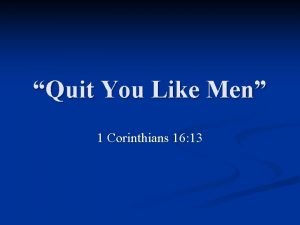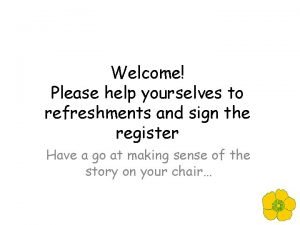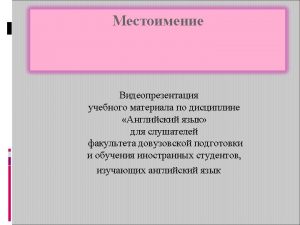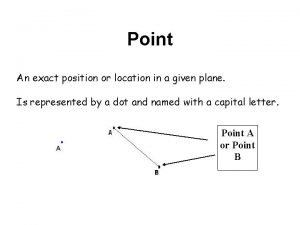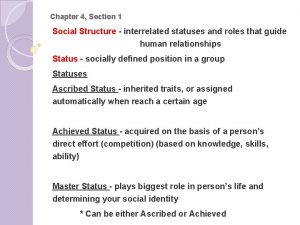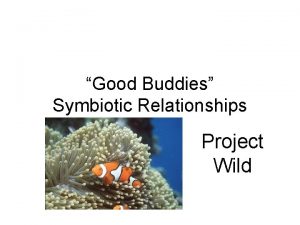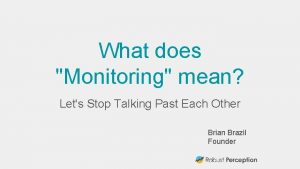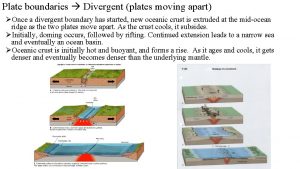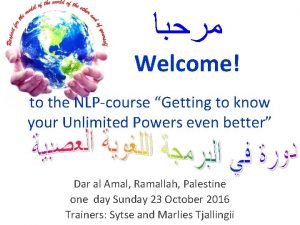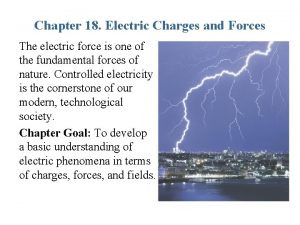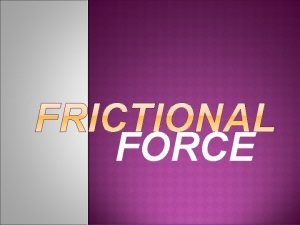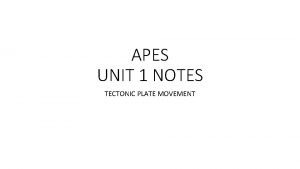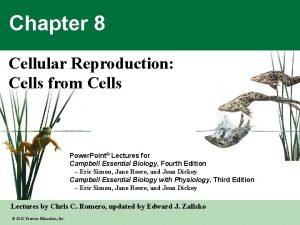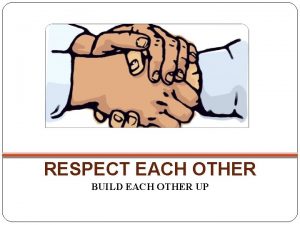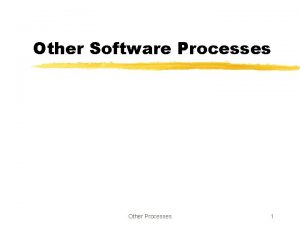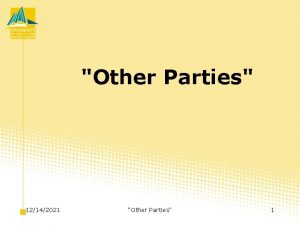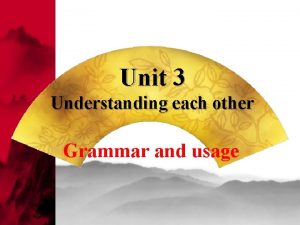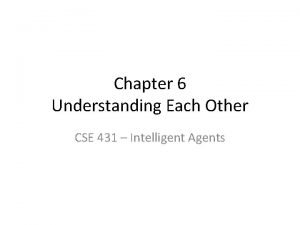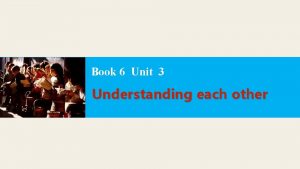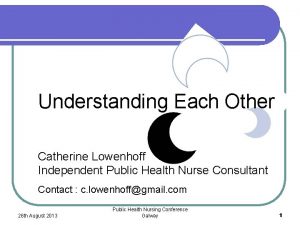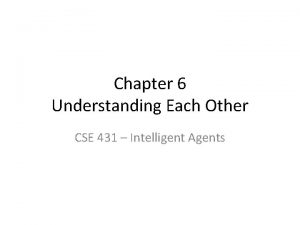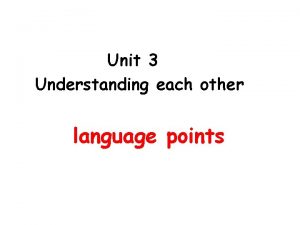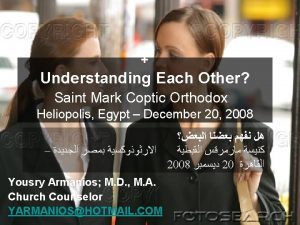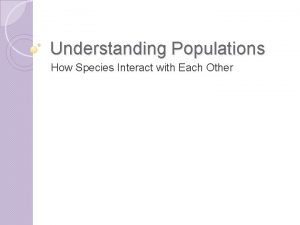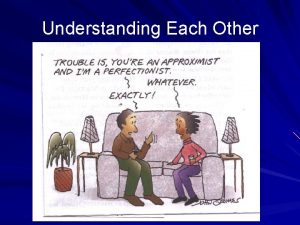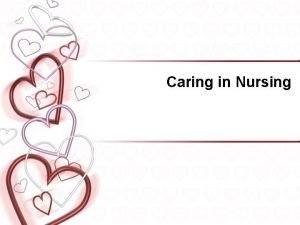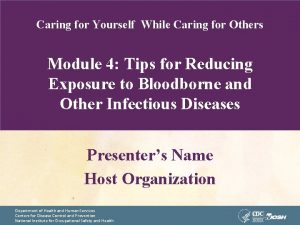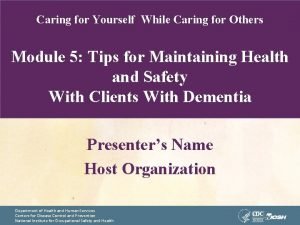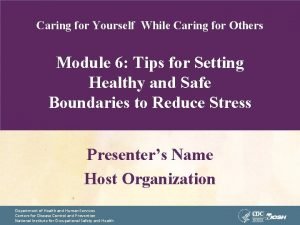CARING FOR EACH OTHER CARING FOR YOURSELVES Understanding

































- Slides: 33

CARING FOR EACH OTHER: CARING FOR YOURSELVES Understanding the Emotional Life of Those Living with Pulmonary Disease and the Emotional Impact on Respiratory Health Care Professionals


The Emotional Life of Patients Learning to live with a “new normal” often means learning to live differently. Living differently may involve living with “less”. Ninety percent of chronic illness is ‘invisible’. Pulmonary disease is often very visible.

Emotional Life Patients have two lives--the ‘outer life’ representing the physical and the ‘inner life’ representing the psychological and spiritual realm. The ‘inner life’ is the life we don’t often get to see but is the true center of the individual’s world.

Psychological and Behavioral Issues • Anxiety • Depression • Major Depressive Disorder • Non compliance • Alcohol and drug misuse/abuse/dependence

Patients with chronic illness have a 15 -20% greater incidence of depression. Depression is a chronic illness that complicates physical illness re: treatment compliance and healing. Treatment compliance and healing are impacted by disrupted sleep, poor nutrition, lack of exercise or movement.

Physical illness and uncontrollable pain as well as a felt sense of lack of control in general are major factors in up to 70% of suicides. Empowering patients through knowledge and encouragement decreases depression and increases compliance…”team work”.

The patient is the ‘expert’ on THEIR illness in THEIR life. How is the pulmonary disease impacting your patient’s physical AND emotional life? LET’S TAKE A LOOK AT……………….

ANXIETY

Facets of Anxiety is not just a response o to ‘the unknown’ o irrational fear o learned response o chronic ‘nervousness’ o being afraid ANXIETY CAN BE…….

…. a GOOD thing……. It gets our attention and let’s us know that something VERY important is going on. Anxiety is a signal. It can be caused by steroids, lack of oxygen, anemia, low Hgb, drug side effects, weaning off of steroids too quickly, daily diet.

Signs of Anxiety Fidgeting Rapid speech Avoidance Nausea Diminished eye contact Weight loss, diarrhea, reported sleeplessness Silence (deer in the headlights)

Signs of Depression

Depression and sadness are not the same Many of the signs of depression are similar to anxiety and may include: • Frequent and prolonged crying • Flatness of affect • Suicidal/homicidal ideation • Non-compliance with treatment/meds • Isolative behavior • psychosis

Possible Causes… • • • Re-awakening of early ‘issues’/traumas Alcohol abuse/addiction Prescription abuse/addiction Family issues (marriage, children) Sexual issues Alienation from family, friends, loneliness…”Living on the Moon”.

PTSD-TSS-PTG Post Traumatic Stress Disorder (B. van der Kolk, M. D. , 2014) Traumatic Stress Syndrome(Pasik, 1993) Post Traumatic Growth Traumatic Stress Syndrome is very similar to PTSD but a “milder version” PTG is a positive change experienced as a result of the struggle with a major life crisis or traumatic event.

More PTG…. . “Highly emotional events in psychologically healthy people may produce less illusion and more wisdom” (Calhoun & Tedeschi) “Looking at life with the blinders off…”(ibid)

PTG (cont’d. ) New opportunities and new possibilities arise from the crisis or illness experience. An increased sense of one’s own strength… A greater appreciation for life in general A deepening of one’s spiritual life or significant change in one’s belief system.

Emotional Growth and Connection

Exactly the Same-Completely Different Burnout…. . Is a gradual process/phenomena including: • Job strain • Erosion of idealism • A void of achievement • An accumulation of intensive contact with clients.

Symptoms of Burnout Physical: § Fatigue § Sleep disruption § Somatic problems: gastro. , headaches, frequent colds Emotional: § Irritability, anxiety, depression, guilt, sense of helplessness

Burnout Symptoms (cont’d. ) Behavioral: § Aggression § Callousness, pessimism, defensiveness, cynicism § Substance abuse Interpersonal: § Withdrawal from clients or co-workers § Dehumanizing/intellectualizing patient/coworkers/self problems

Compassion Fatigue and Secondary Traumatic Stress (C. R. Figley, 1985, 1986, 1989) “The professional work centered on the relief of the emotional (and physical) suffering of patients automatically includes absorbing information that is about suffering. Often it includes absorbing that suffering as well”.

A Word from St. Francis… “Start by doing what’s necessary; then do what’s possible; and suddenly you are doing the impossible” “What is ours to do…. ?

Some Good News: Resiliency • The ability to put events into less stressful perspectives…. immediate ‘reframing’ • Proactive behavior to move toward the event and not away from the event…make it “work” for you.

More Good News: Hardiness and Resilience (Kobasa& Maddi) • Commitment, Control, and challenge • H & R function as a resistive resource in the encounter with stressful conditions. • Many individuals and caregivers dealing with chronic illness posses the ability to function well and adapt to continuously stressful events. • Includes courage and motivation to turn stressful circumstances from potential disaster to multiple chances to grow.

HOPE

Components of Hope Confidence in the outcome Embracing reality Relationships with others Belief in the possibility of a future Spiritual beliefs ACTIVE involvement (Wishing and Hoping are different…) • Inner readiness • • •

Spanky is Hope

More on Hope… Patients with chronic illnesses need to maintain hope that there is a future though the path may be different from others… ”Different” does not mean “bad” or “less than”.

Farfal is different but greater than…

Even if you’ve dealt with a condition personally, everyone’s experience is unique. It is OK not to be able to relate to a patient’s condition or experience. Your job is to be ‘present’ to the experience. We practice the ministry of presence and absence. (Henri Nouwen, “The Wounded Healer”)

Questions, Comments, Thanks
 Actual caring occasion
Actual caring occasion Submit yourselves then to god resist the devil
Submit yourselves then to god resist the devil 1 corinthians 13:7-10
1 corinthians 13:7-10 Group yourselves
Group yourselves Mute yourselves
Mute yourselves Clothe yourselves with humility toward one another
Clothe yourselves with humility toward one another There is no jew or greek
There is no jew or greek Quit ye like men
Quit ye like men Devote yourselves to prayer
Devote yourselves to prayer Please help yourselves
Please help yourselves Since
Since Yourself yourselves разница
Yourself yourselves разница Keep watch over yourselves and all the flock
Keep watch over yourselves and all the flock Other initiated other repair
Other initiated other repair Exact point
Exact point Objects communicate with each other through
Objects communicate with each other through How are structures interrelated to each other
How are structures interrelated to each other How do the 3 branches check each other?
How do the 3 branches check each other? Analogous colors are ____ each other on the color wheel.
Analogous colors are ____ each other on the color wheel. Ostrich and gazelle relationship
Ostrich and gazelle relationship Reflexive pronouns each other
Reflexive pronouns each other How do astronauts communicate with each other
How do astronauts communicate with each other Color wheel
Color wheel Cooperate with each other
Cooperate with each other Let's stop talking to each other
Let's stop talking to each other Canned meat market form
Canned meat market form Colors that are opposite to each other
Colors that are opposite to each other Divergent boundary
Divergent boundary Good get to know you questions
Good get to know you questions Things that attract each other
Things that attract each other Particles attract each other
Particles attract each other Exists when two surfaces against each other
Exists when two surfaces against each other Plate tectonics definition apes
Plate tectonics definition apes Meiosis homologous chromosomes
Meiosis homologous chromosomes
